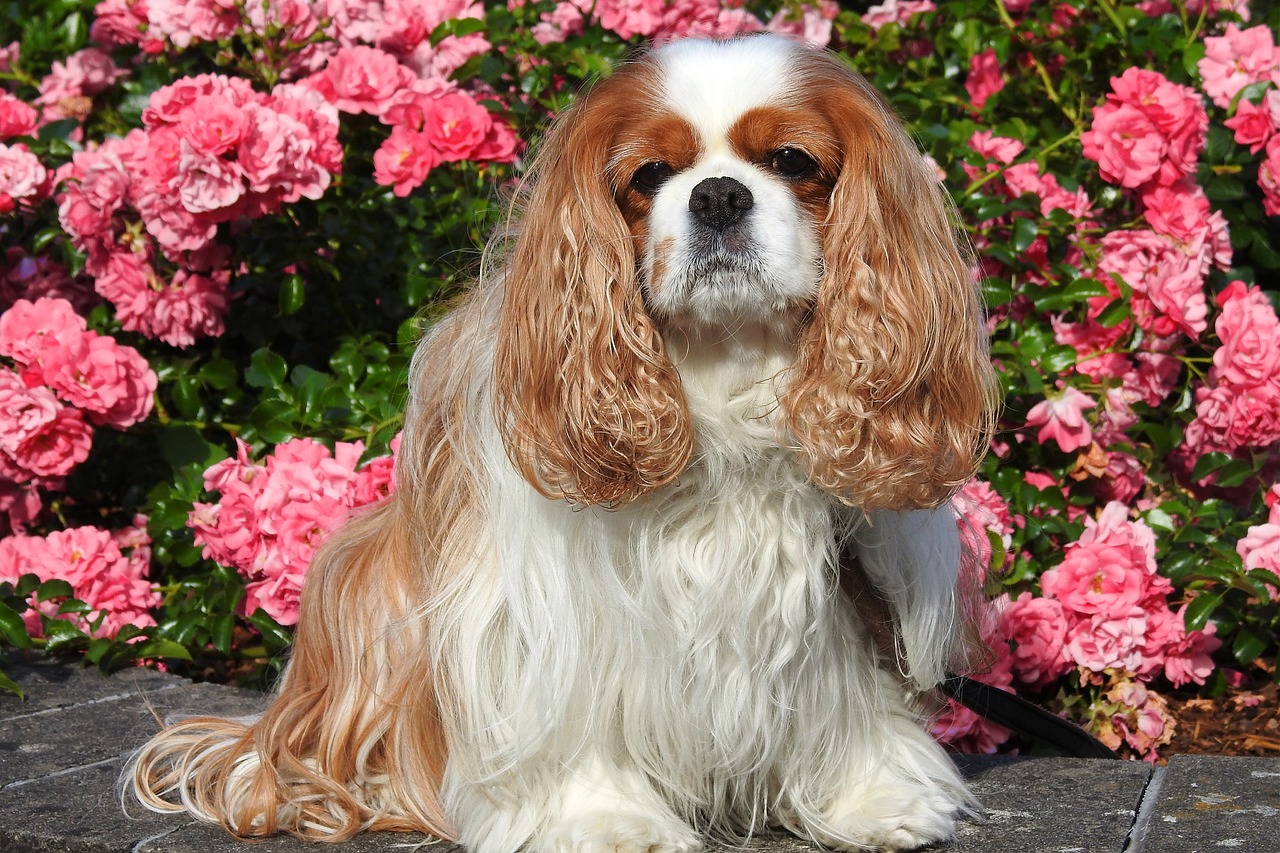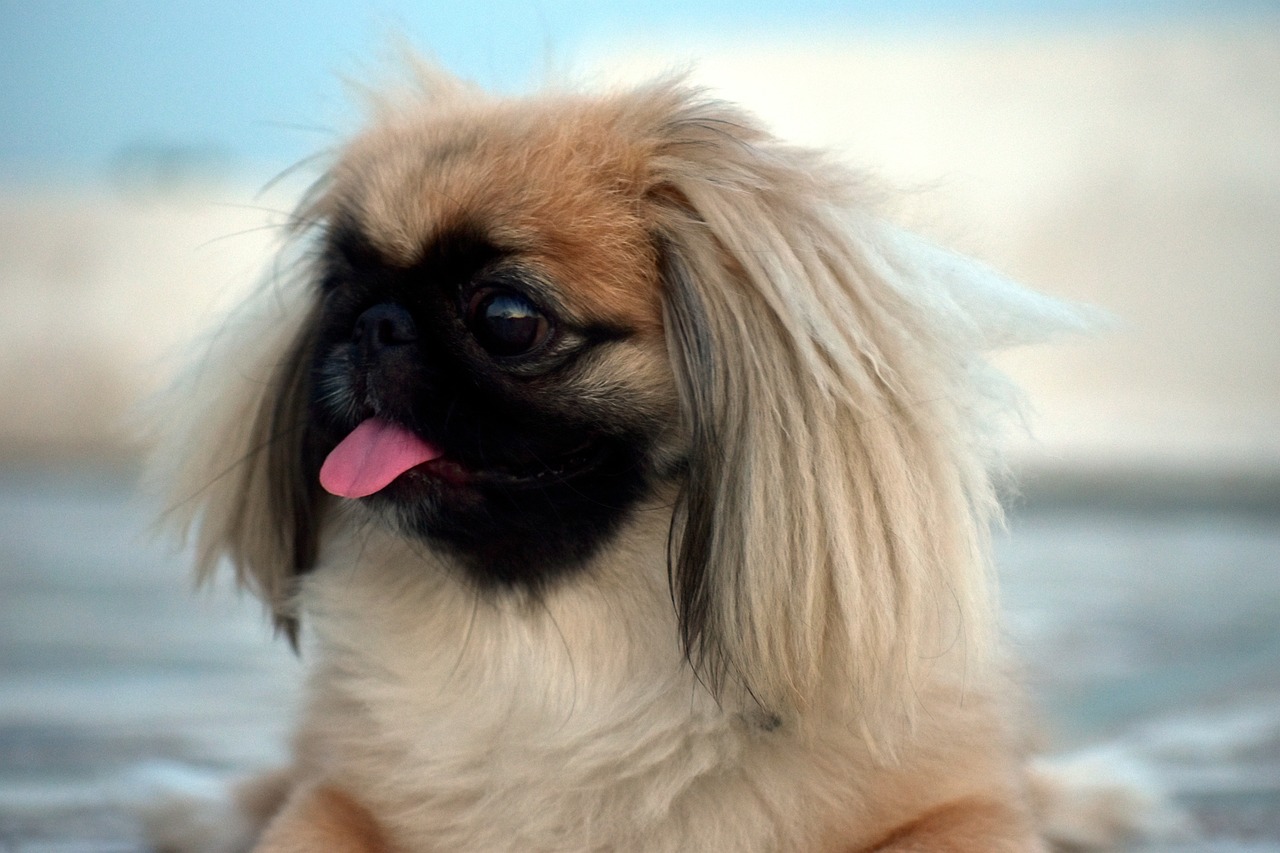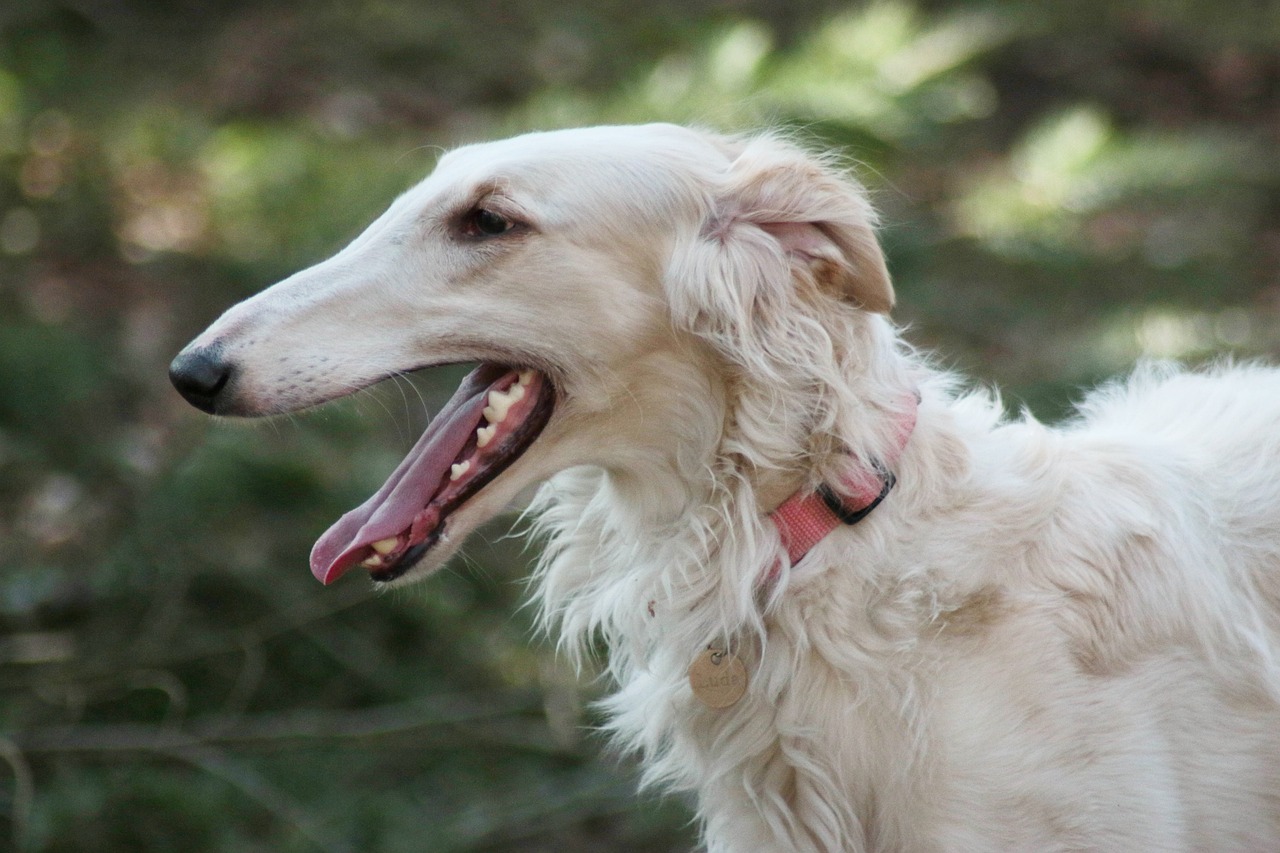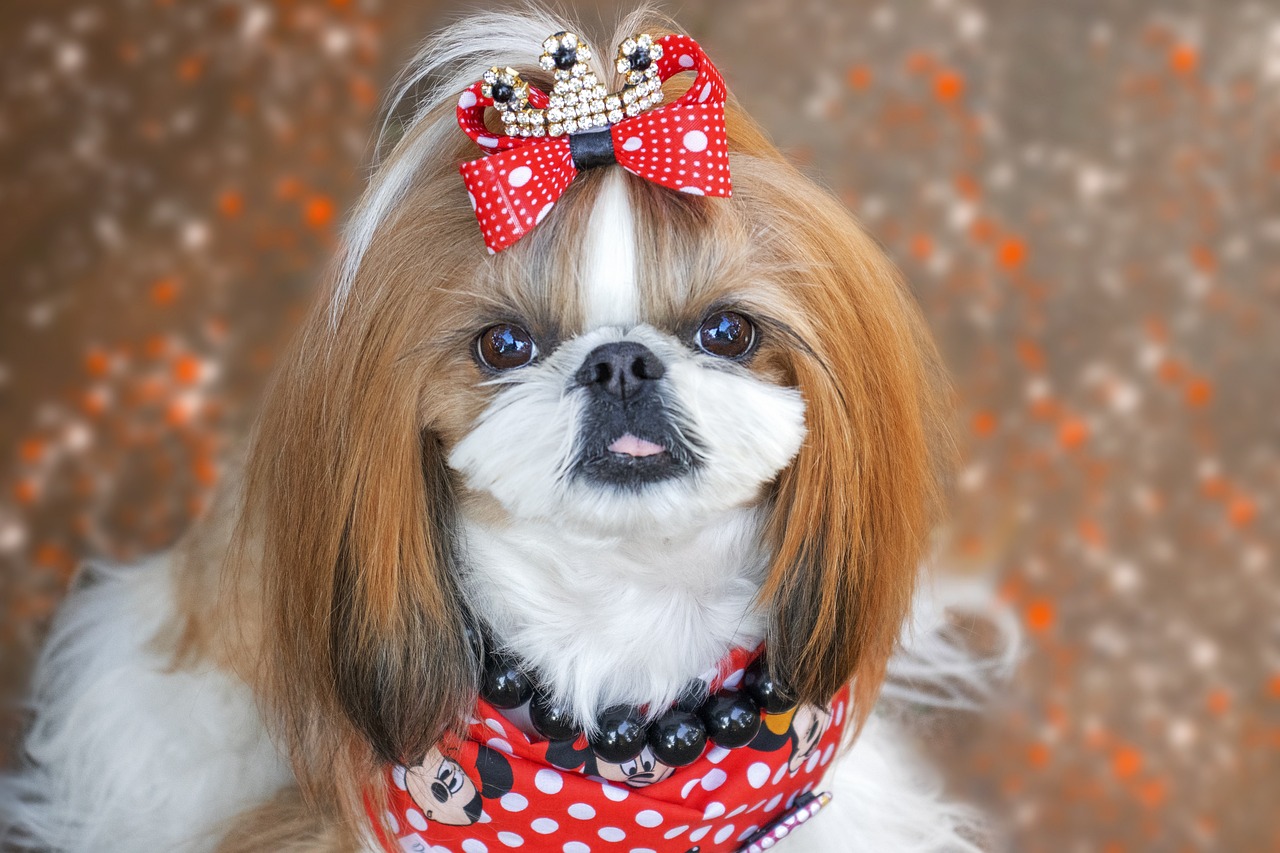Throughout history, dogs have not only been beloved companions but also symbols of royalty and nobility. Certain dog breeds have been favored by kings, queens, and aristocrats, playing roles that go beyond mere pets to become emblems of power, status, and heritage. These breeds often have fascinating histories, intertwined with the lives of the rich and powerful, and have been bred for specific qualities that appealed to their royal owners. From lapdogs that graced the courts of emperors to hunting companions of kings, these breeds hold a special place in canine history. This article delves into seven dog breeds with a notable history of royalty and nobility, exploring their origins, the roles they played in the lives of the elite, and how their royal past has shaped their modern-day presence.
1. Cavalier King Charles Spaniel
The Cavalier King Charles Spaniel is a breed deeply rooted in British royal history. Named after King Charles II of England, who was seldom seen without a group of these small spaniels, they have been a favorite of British nobility for centuries. King Charles II was so fond of his Spaniels that he decreed them to be allowed in any public place, including the Houses of Parliament. These dogs were valued for their sweet nature and companionship. Their portrayal in paintings and literature throughout the 17th and 18th centuries further cements their status as dogs of royalty and high society. Even today, the Cavalier King Charles Spaniel remains a popular choice for those seeking an aristocratic and affectionate pet.

2. Pekingese
The Pekingese breed has a storied past in Chinese imperial history. These dogs were exclusive to the Chinese Imperial Court and were so revered that stealing one was punishable by death. Pekingese were believed to bring good fortune and were considered sacred. According to legend, the breed was created by Buddha, who shrunk a lion down to dog size. Their lion-like appearance and regal demeanor were much admired by Chinese emperors. Pekingese were a closely guarded treasure of the palace, not leaving China until the late 1800s. Their long history as companions to the Chinese nobility makes them one of the most historically significant royal dog breeds.

3. Greyhound
Greyhounds are among the most ancient dog breeds, depicted in art and literature dating back to the Egyptian pharaohs. They were later adopted by European nobility, particularly admired for their speed and hunting ability. Greyhounds were so esteemed for their hunting prowess that, for centuries, laws prohibited anyone outside the nobility from owning them. Their sleek, elegant appearance and graceful demeanor also contributed to their status as a noble breed. Greyhounds have been favored by numerous historical figures, including Queen Elizabeth I of England, who established the first known rules for the sport of Greyhound coursing.

4. Borzoi
The Borzoi, also known as the Russian Wolfhound, has a history intertwined with Russian aristocracy. These dogs were bred by Russian nobles to hunt wolves and were admired for their speed, agility, and elegance. The Borzoi became a symbol of wealth and status among the Russian elite. Grand hunting parties were organized, where Borzois showcased their hunting skills. The breed’s long, silky coat and aristocratic appearance made it a favorite among Russian Tsars and nobility. Even after the fall of the Russian Empire, the Borzoi has maintained its status as a graceful and noble breed, valued for both its beauty and its historical significance.

5. Shih Tzu
The Shih Tzu’s history is closely linked with Chinese royalty. Bred within the walls of the Forbidden City, these dogs were the cherished pets of Chinese emperors and their families. The name “Shih Tzu” translates to “lion dog,” indicative of their revered status and lion-like appearance. These dogs were companions and lap warmers for the emperors, and it was believed that they carried within them the souls of monks and lions. The breed was so highly valued that, for many years, the Chinese refused to sell, trade, or give any away. The Shih Tzu remains a popular breed today, cherished for its friendly disposition and regal ancestry.

6. Bichon Frise
The Bichon Frise, with its fluffy white coat and playful demeanor, was a favorite among European nobility, particularly in France and Spain. The breed’s history can be traced back to the 14th century when they were traded by Spanish sailors and found favor in French royal courts. King Henry III of France was particularly fond of his Bichons, often carrying them in a special basket that he wore around his neck. The breed’s popularity among royalty and nobility spread throughout Europe, with their presence often depicted in paintings alongside their affluent owners. The Bichon Frise’s playful and affectionate nature has made it a beloved breed well into modern times.

7. Italian Greyhound
The Italian Greyhound, the smallest of the sighthounds, was a favorite among Italian nobility during the Renaissance. This breed was prized for its elegance, grace, and companionship. They were often featured in portraits with their noble owners, symbolizing luxury and refinement. Their popularity spread throughout Europe, becoming a favorite in royal courts, including those of Catherine the Great of Russia and Queen Victoria of England. Italian Greyhounds were not only valued as lap dogs but also admired for their hunting abilities, despite their small size. The breed’s long-standing association with royalty and the upper class has cemented its status as a dog of elegance and nobility.

These seven dog breeds, each with a rich history of association with royalty and nobility, highlight the diverse roles that dogs have played in human society. From the lap-warming Shih Tzus of Chinese emperors to the wolf-hunting Borzois of Russian Tsars, these breeds have been cherished and revered by the most powerful figures in history. Their stories provide insight into the cultural and historical significance of dogs, reflecting the values, aesthetics, and lifestyles of the times. Today, these breeds continue to be admired, not just for their noble past but for their enduring qualities that make them beloved companions in the modern world.
 Toledo, United States.
Toledo, United States.